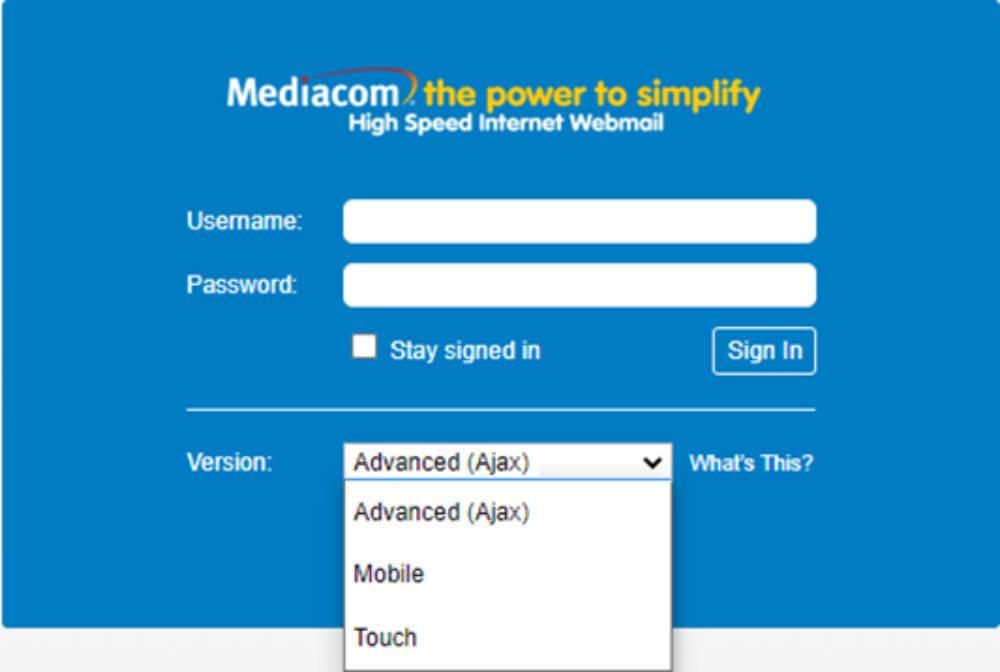Unveiling The Mystery: What Is the com.android.localtransport App?
The world of technology is ever-evolving, and the Android operating system is at the forefront of this evolution. One of the most recent features to be developed within the Android system is com.android.localtransport, an app that provides users access to local transportation information.
With com.android.localtransport, users can easily discover and access their preferred modes of transportation while on the go. Let’s discover what is com.android.localtransport app?
One of the main reasons behind the increasing mobile data usage is the popularity of apps like com.android.localtransport. This app is designed to provide users with real-time traffic and transit information, helping them easily navigate a city.
The app uses location services and constantly updates itself, requiring significant data usage. And as more people rely on these apps to get around, mobile data usage will likely continue to rise.
While this may be convenient for many users, it can also be costly. Mobile carriers often charge extra fees for exceeding monthly data limits, and some plans restrict high-speed data after reaching a certain threshold.
As such, individuals should monitor their mobile data usage and try to minimize unnecessary consumption where possible.

What Is com.android.localtransport App?
Headings
The com.android.localtransport app is a critical system process that facilitates inter-process communication (IPC) between applications on Android devices.
This mechanism enables different applications to exchange data and communicate with each other, which enhances the functionality and user experience of the device. The app runs in the background and manages communication between different processes on the system.
The local transport layer is provided by com.android.localtransport manages the communication channels between multiple processes.
These channels can be used for various purposes, such as exchanging data or sending commands to control specific functionalities of an application.
However, it should be noted that this app is typically not accessible to regular users and requires root access to modify or interact with it directly.
Com.android.localtransport ensures seamless communication between applications running on an Android device.
Without this process, certain functionalities of apps may not work correctly or at all, leading to a poor user experience.
How To Disable Com Android Localtransport?
You can follow a few simple steps to disable the com android localtransport feature. First, go to your device’s settings and click “Apps.”
Look for the “Local Transport” app and click on it. From there, you can choose to disable or uninstall the app.
While local transport is a convenient feature for many Android users, it can also be a significant battery drain.
Disabling this feature will help extend your phone’s battery life and improve overall performance.
Additionally, if you are not using the local transport feature frequently, there is no need to keep it active on your device.
By deactivating this feature, you can free up space on your phone and potentially improve its speed and performance.
So if your battery life is draining faster than usual or your device is sluggish, consider disabling com android localtransport as a simple solution.
ABD Method
Com Android local transport is a built-in feature of Android devices that allows for communication between apps and system services.
However, some users have reported encountering problems with Com Android local transport. One common issue is that it can drain battery life when left enabled unnecessarily.
Some users have attempted to disable Com Android local transport using the ABD method to address these concerns. While disabling this feature may offer some benefits regarding battery life and security.
Once you have connected your device to your computer via USB and enabled debugging mode on your device, the next step is to open a command prompt or terminal.
This will allow you to enter commands into your device’s system through ADB (Android Debug Bridge). To disable com android localtransport using the ADB method, follow these steps:
Firstly, ensure that you have installed the Android SDK on your computer. Next, navigate to the platform-tools folder within the SDK directory using the command prompt or terminal.
Once there, type in “adb devices” and press Enter. This will verify that ADB has recognized your device.
Now type “adb shell” and press Enter to access the shell of your Android device. You can then use the command “pm list packages” to view a list of all installed packages on your device. Find com.android.localtransport from this list and note its package name.
Finally, enter the command “pm disable-user [package name],” replacing [package name] with the actual package name of com.android.localtransport, as noted earlier. This will disable com android localtransport on your device using the ADB method.
Connecting your device via USB and enabling debugging mode is essential for executing commands through the ADB method.
Using a command prompt or terminal allows access to advanced features like disabling specific packages such as com.android.localtransport for the smoother performance of an Android phone or tablet.
Conclusion
In conclusion, com.android.localtransport is a great app for those who need to efficiently and quickly plan their transport needs. It provides an easy-to-use interface, giving users access to the latest public transport information on their journey.
Its features also make it a useful tool for commuters in cities and towns and those planning trips or sightseeing tours. The app’s availability on multiple platforms makes it even more convenient and accessible to all users.















